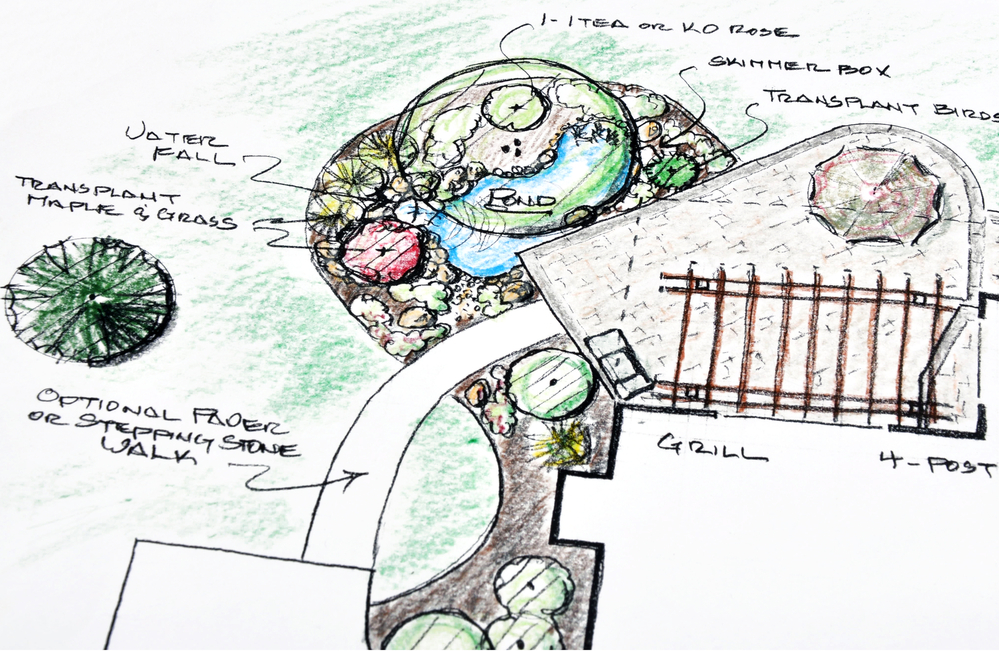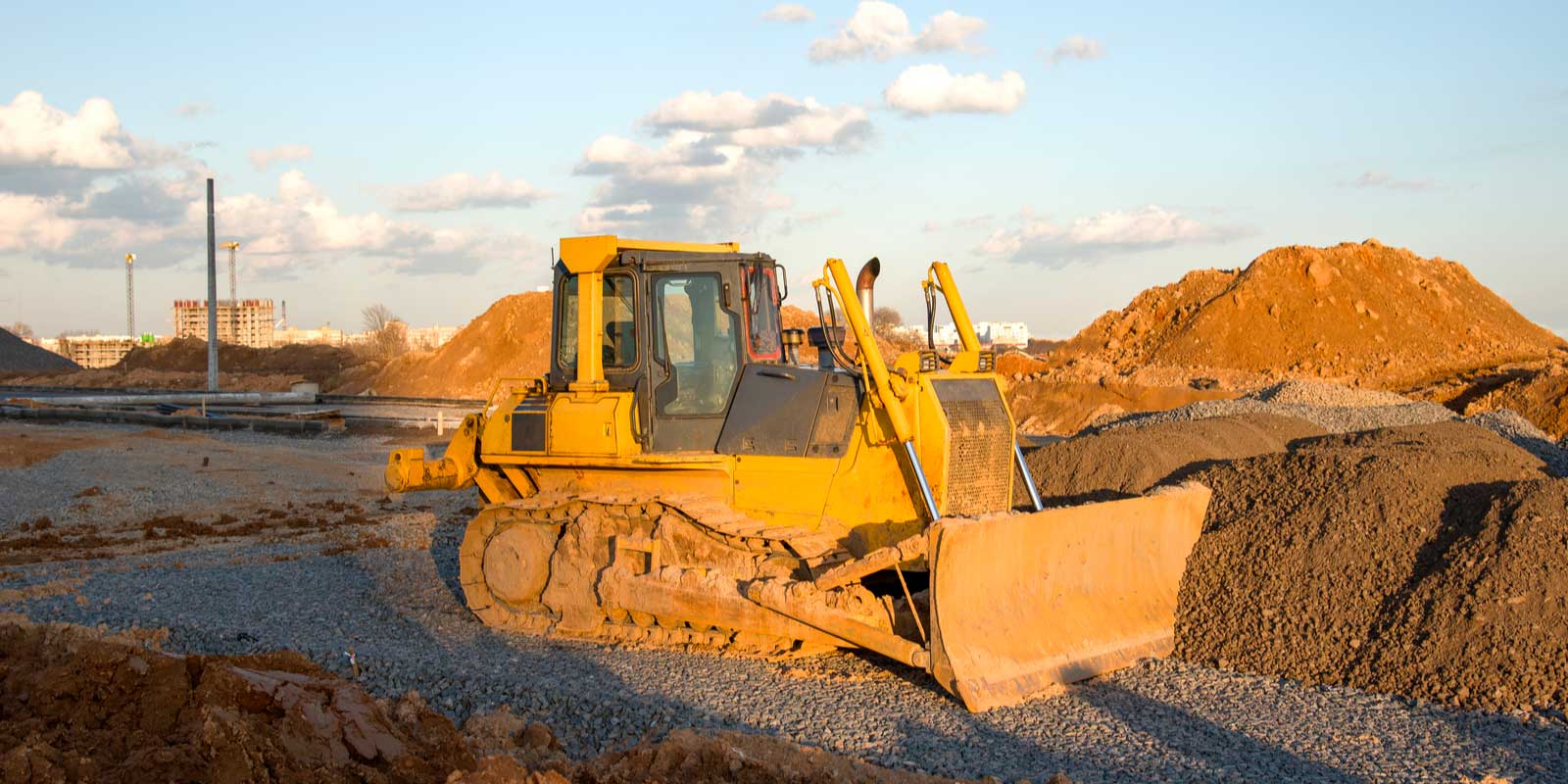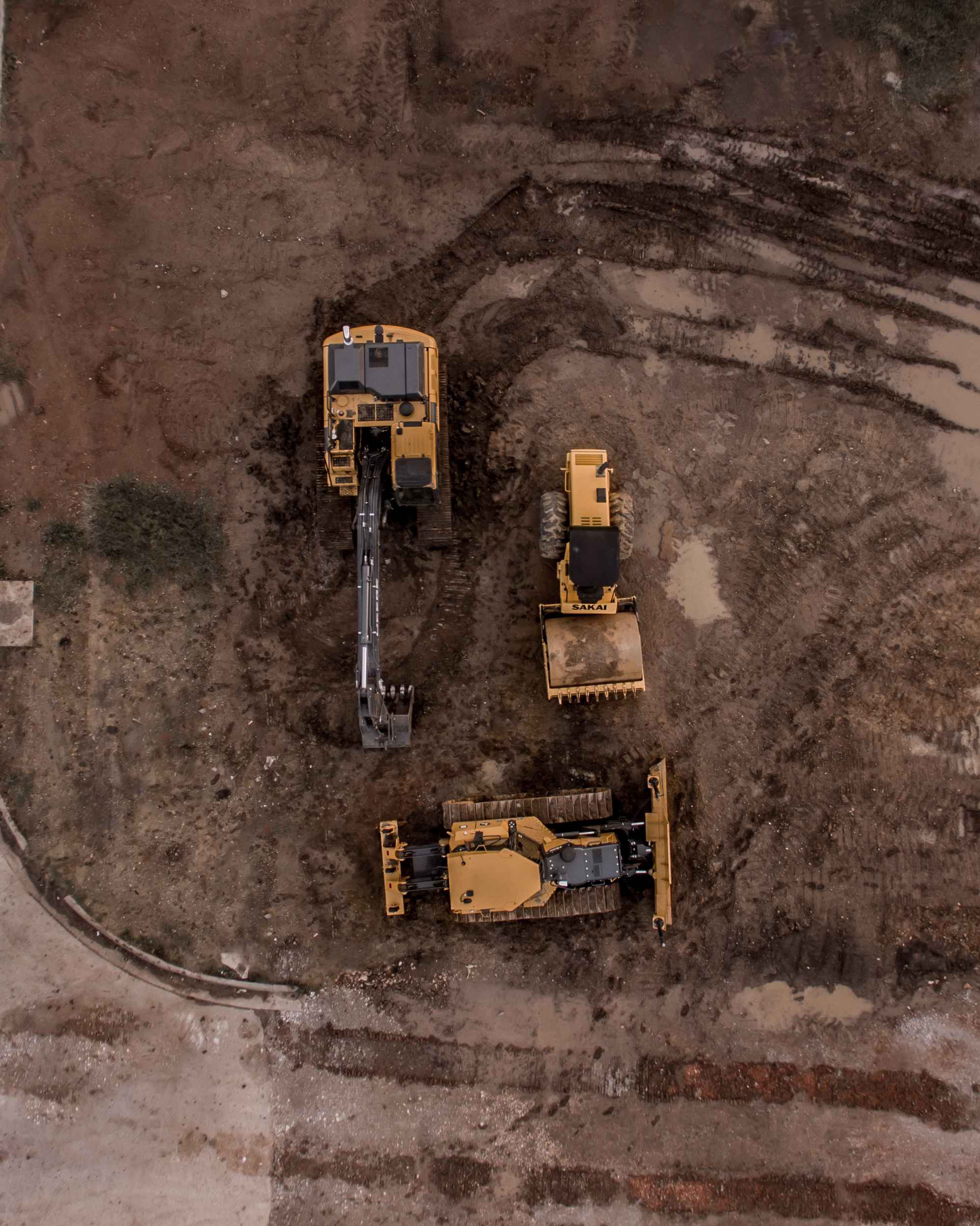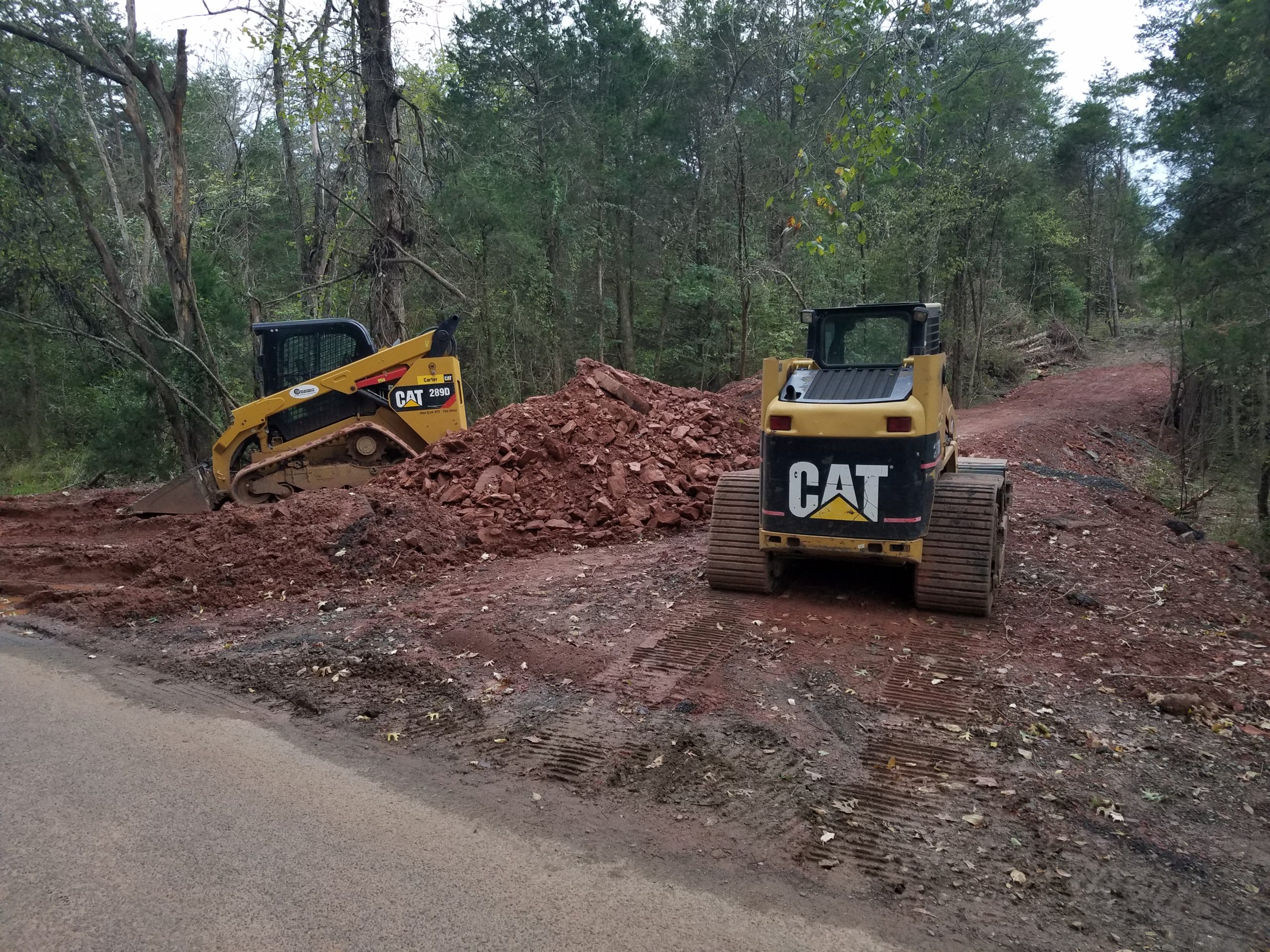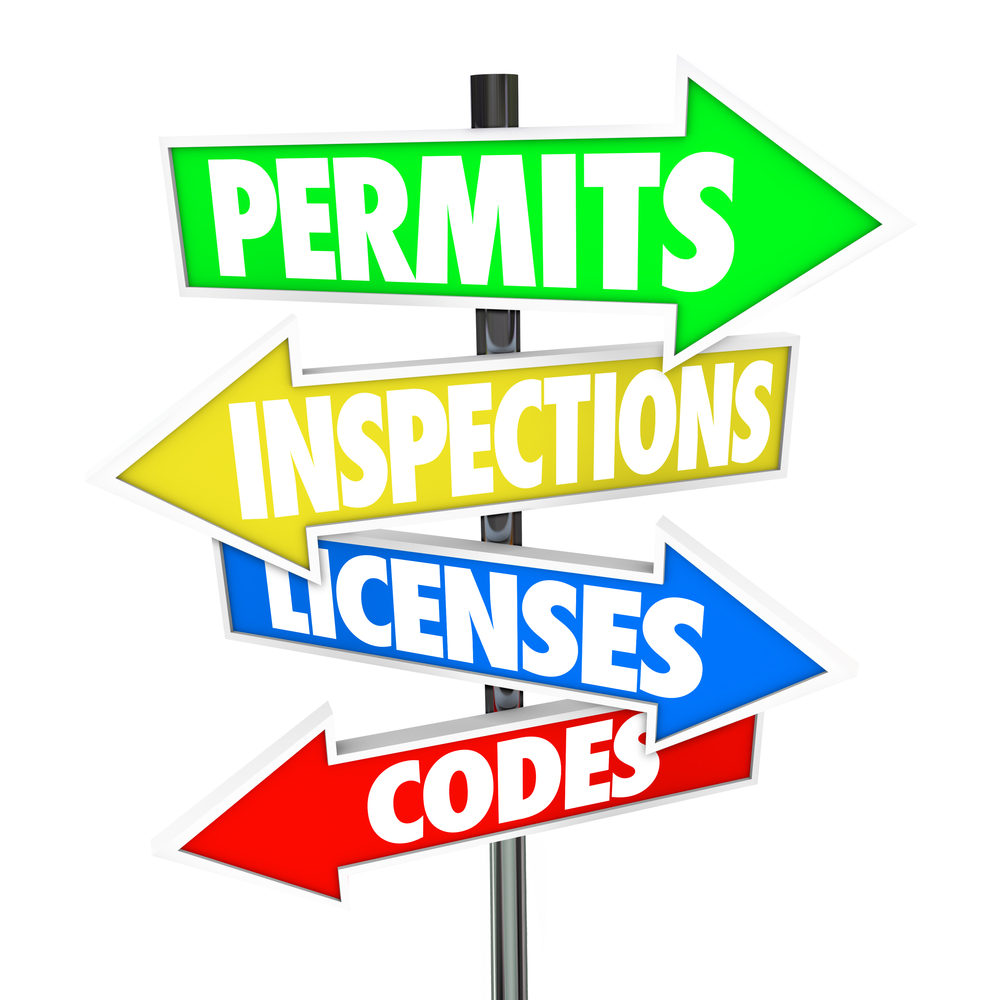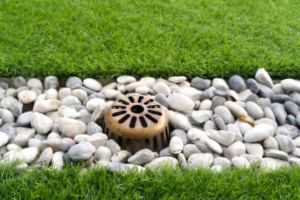 Looking at your property, you’ve decided to make some improvements. With the vast array of information and videos, you can make it happen. My landscape project can provide years of enjoyment and pride of accomplishment. Let’s discover how you can complete a successful landscape project for your property.
Looking at your property, you’ve decided to make some improvements. With the vast array of information and videos, you can make it happen. My landscape project can provide years of enjoyment and pride of accomplishment. Let’s discover how you can complete a successful landscape project for your property.
DIY Landscape Design
Home landscaping does not just involve sticking plants into your vacant front or backyard and making it look “green”. When designing and landscaping your own home, you need to invest some time and put in a lot of creativity to beautify your front lawn or backyard. Your planning can help you save time and money with your landscape project.
Design Tips
Here are some do-it-yourself tips to landscape your lawn:
- Get your plat (property survey).
- Research the internet of for appealing ideas.
- Check out the local landscape supply house.
- Get a list of hardy local plants and trees for your area.
- Record the dimensions for each plant.
- Record the blooming season for each plant.
- Decide on the plants for your property.
Always Use The Best Materials For Foundation Grading
Having a plant which blooms in a different time of the year would make your garden have a focal point even when other plant variants are not in season.
As much as possible, make a layered planting bed:
- At the back row which is the farthest from your house, plant the variants which grow the tallest.
- In the middle and front rows, put the shorter plants.
Make sure that you apply this rule in every area of the garden where you plant to put in plants for a more ‘trimmed’ look.
Additional Ideas
- Vary the design of your walls and fences.
- Place furniture for comfort and viewing.
- Install a water feature
Professional Landscapers & Suppliers
Don’t be shy. Reach out to your local landscape suppliers. Ask if they provide FREE Landscape Design services. If they don’t, you can often get a sketch with plant suggestions for a minimal fee. When you do check in with your local suppliers ask if you can set up an account for future purposes. Check to see what discounts may apply and save money for your landscape project.
Site Prep
The term site prep is a broad term that can include several different tasks, such as clearing and grubbing, soil erosion, sediment control, storm drains, water and sewer pipes, topsoil stripping,
rock removal, underground utility, and several other tasks.
Erosion & Sediment Control
Soil erosion and management protect the quality of the water, soil erosion and sediment control measures are vital. With most locations, storm water permitting is required. All erosion and sediment control measures and devices must be in place and inspected before the first tree drops or first shovel full of dirt is removed.
The sediment controls are designed to improve storm water management. At times and based on the scale of your work, you may be required to install a retention pond.
Lot Clearing
The traditional method used to clear debris, such as burning, is rapidly fading away. The air pollution standards will prevent any type of burning of most areas across the United States. Make sure to check with your local building department for Burn Permits and all applicable compliance regulations.
Grading Equipment Rental
Depending on your project, what you do may vary greatly. With excavation, what is needed to complete a job is as different as night and day. No matter what type of landscape work you are doing, it will almost always require the use of heavy machinery. With residential projects, there is a class of compact equipment available.
- Skid Loader
- Mini Excavators
- Mini Loader
Check with your local equipment rental for availability, pricing, insurance, delivery and pick up fees.
Within the industry of excavation, many more techniques may be utilized. Each excavation project has it’s own particular features that may necessitate differences of approach for your landscape project.
Dirt Work
Excavation involves the removal of any topsoil and sub soil material. This work is done for the placement of any new property enhancements. With excavation you need to be prepared for the haul of excavated spoils. Material haul off is often an expensive proposition. For the haul off process, you will need a loader, operator, dump trucks and disposal sight. When possible try to lose your excavated spoils on site.
Before you get started with your project, make sure:
- You check with your local building department
- Secure plans, permits & approval
- Contact Ms. Utility
- Install Erosion and Sediment Controls
- Have and follow your plan
When clearing dirt out for roads for your property, be prepared. This type of work can overwhelm the most seasoned and experienced professional.
This Was A Big Landscape Project
Equipment
Heavy machinery is also very common with excavation, such as excavators or backhoes. Excavating crews run the equipment and dig up soil and rocks for whatever the purpose may be. Excavators are the most used machinery, as they can move a lot of dirt in a little bit of time.
Your Safety
Anytime you are taking part in excavation, you should always use common sense and be safe. If you plan to get down into a hole or trench, you should always use a trench box. Even though the hole may not be that deep, excavation sites can always cave in and at that point – things are very dangerous and possibly even deadly. Read all safety notices for machines and project procedures.
Work Tasks
Clearing lots for houses, grading roads, laying pipe, fixing water leaks, and digging foundations are just some of the most common tasks found with the art of excavation.
Pipework
Laying pipe is a task that takes skill. You first must dig the trench for the pipe, making sure that the elevation is right, and that the pipe will meet the specifications listed in the blueprints. There
are several different types of pipe that needs to be laid, including water, sewer, and storm drains. When digging a trench always practice SAFETY:
- Sloping (or benching). Cutting back the trench wall at an angle inclined away from the excavation.
- Shoring. Installing aluminum hydraulics or other types of supports to prevent cave-ins.
- Shielding. Using trench boxes or other supports to prevent cave-ins.
Permits
When you first begin your job, you’ll need to have the proper permits from the area that you are going to be disturbing the ground in. Once you have the proper permits, you can begin your work. With some jobs, you’ll need to document on paper just how much land you disturb each day.
Retention Ponds
Sometimes with excavation, the job site and plans will call for ponds or temporary ponds. Very common with sub divisions, retention ponds are need plans, permits, skill and inspection for proper installation.
Manholes
Manholes are vertical underground confined spaces used by utility personnel as a point of access to a sewer system. Sewer systems are built underground with pipes that carry waste from homes and other buildings to a place of treatment or disposal.
You can use machinery to set them in place, although they will need to go a certain way. The easiest way to put them in place is by using an excavator, as you can lower it down and have a couple of workers set it in place.
Drainage
If you couldn’t find a simple fix for your soggy yard dilemma, you’ll need another strategy. Start by making a sketch of your property showing the house, driveway, patios, street and other features. Then use a line level, builder’s level or some other leveling method to determine high and low spots. Draw arrows to show how water flows and make notes to indicate the relative height of high and low spots. Keep in mind that in most cases you shouldn’t plan to direct water onto your neighbor’s property. And if you’re hoping to discharge water into the street or municipal storm sewer, contact the city first to see what regulations apply.
Standing Water – Try Simple Fixes First
Extend the Downspouts
Yard Grading & Drainage Options
French Drains
A typical French drain consists of a perforated pipe-usually flexible lightweight plastic-sheathed by a fabric sock to keep dirt and sand from clogging the pipe. The pipe is buried in a trench and surrounded by aggregate. Water enters the pipe, from an inlet at one end, through the earth, or through long narrow grates spaced along its length, and is dispersed through the aggregate and into the ground.
Dry Well
A dry well is simply a large hole filled with gravel or some other aggregate that catches excess water and holds it while it soaks into the ground. You can increase the capacity of a dry well by burying special dry well barrels. These plastic containers collect water and hold it while it drains out through holes in the sides and bottom. The containers must be surrounded by gravel or another porous material to allow drainage. You can stack these plastic dry wells or place them side by side.
Rain Gardens
If you have a low spot in your yard that tends to collect and retain water, consider building a rain garden. A rain garden is simply an area of your yard that’s designed to catch water and is filled with water-loving plants. It doesn’t really solve a soggy yard problem, but a rain garden looks a lot better than a muddy hole. Plus, rain gardens are good for the environment. They reduce runoff and the lawn chemicals, pet waste and sediment that go along with it.
Additional Ideas
- Vary the design of your walls and fences.
- Place furniture for comfort and viewing.
- Install a water feature.
Your hard work and a lot of creativity, you will feel great once you look out your window and you see the do it yourself landscape project, you designed and built yourself. For a grading company near me, contact Dirt Connections.
Choosing the Right Grading Equipment
When embarking on a DIY landscape project, selecting the proper grading equipment is crucial for success. Equipment like skid loaders, mini excavators, and compact loaders can make tasks such as leveling soil, grading fill dirt, and preparing the site much more manageable. By renting or purchasing the right tools, you can ensure your landscape project is completed efficiently and to professional standards.
Summary

Dirt Connections was started with one goal in mind: providing quality residential and commercial construction services to clients on time and on budget. Reach out for more information on how we can support your next project.
For your convenience our estimates are free and by appointment. Call 703-940-9949 for a free estimate today!

